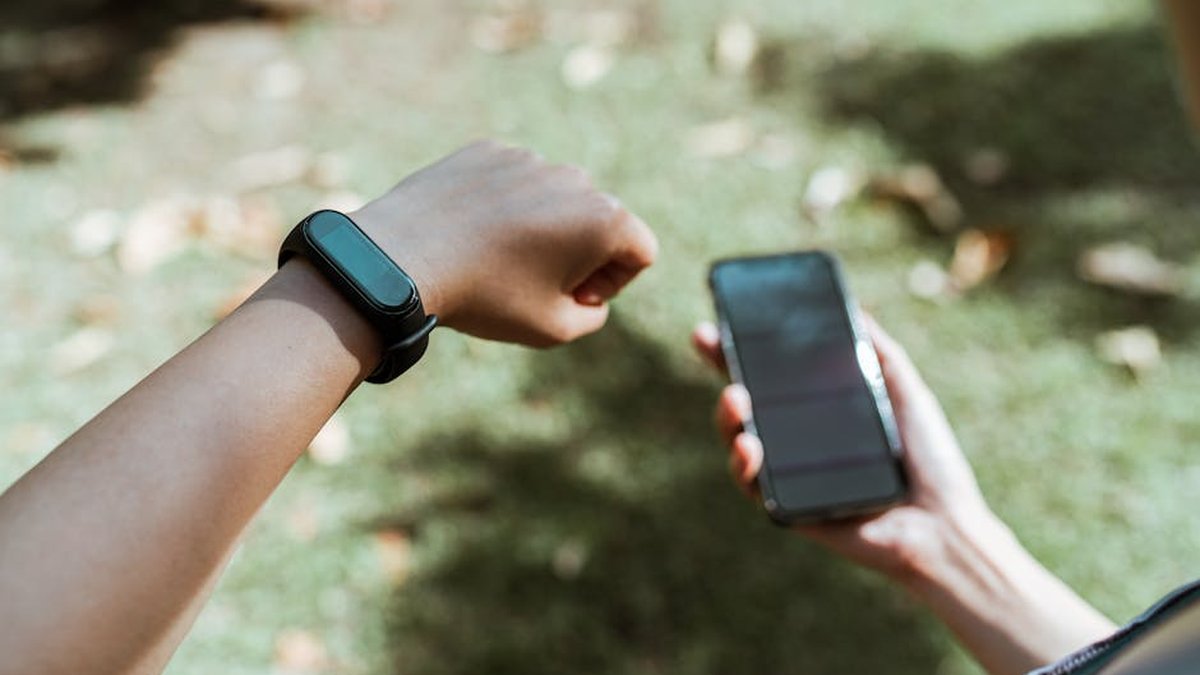Living with Diabetes in the Digital Age: Innovations and Support Systems in 2025
Living with diabetes has always presented unique challenges, but the digital age is transforming how individuals manage their condition. As we approach 2025, advancements in technology and increasingly robust support systems are making life easier, healthier, and more connected for people with diabetes. This post explores some of the key innovations and support networks shaping the future of diabetes care.
Advanced Technology for Diabetes Management
Technology plays a crucial role in modern diabetes management. From continuous glucose monitors (CGMs) to smart insulin pens, these tools offer unprecedented levels of insight and control.
Continuous Glucose Monitoring (CGM) Evolution
CGMs have become indispensable for many people with diabetes. By 2025, we can expect even more sophisticated devices that are smaller, less invasive, and more accurate. Future CGMs will likely:
- Offer real-time glucose readings directly to smartphones and smartwatches.
- Provide predictive alerts, anticipating highs and lows before they happen.
- Integrate seamlessly with automated insulin delivery (AID) systems, also known as artificial pancreases.
Smart Insulin Pens and Automated Insulin Delivery
Smart insulin pens are another game-changer. These pens track insulin doses, calculate active insulin on board, and can even communicate with CGMs to suggest dosage adjustments. AID systems, which combine CGMs and insulin pumps, are becoming increasingly sophisticated. By 2025, we’ll see more advanced algorithms that personalize insulin delivery based on individual needs and activity levels, minimizing the burden of manual adjustments.
AI-Powered Diabetes Management Apps
Artificial intelligence (AI) is revolutionizing diabetes management. AI-powered apps can analyze glucose data, predict trends, and provide personalized recommendations for diet, exercise, and medication. These apps can also:
- Offer virtual coaching and support.
- Connect users with healthcare providers for remote monitoring and consultations.
- Integrate with wearable devices to track activity levels and sleep patterns.
Telehealth and Remote Monitoring
Telehealth has become increasingly important, particularly for individuals living in rural areas or those with limited mobility. Remote monitoring allows healthcare providers to track patients’ glucose levels, insulin doses, and other vital signs remotely, enabling timely interventions and preventing complications.
Virtual Consultations and Diabetes Education
Telehealth platforms offer virtual consultations with endocrinologists, diabetes educators, and other healthcare professionals. These virtual visits can provide valuable support and education, helping individuals manage their condition effectively. Online diabetes education programs offer flexible and convenient learning opportunities.
Remote Patient Monitoring (RPM) Programs
RPM programs utilize devices like CGMs and smart scales to collect data and transmit it to healthcare providers. This allows providers to monitor patients’ health remotely, identify potential problems early, and intervene before they escalate. RPM can improve outcomes, reduce hospitalizations, and lower healthcare costs.
Online Communities and Peer Support
Living with diabetes can be isolating, but online communities offer a valuable source of support and connection. These communities provide a safe space for individuals to share their experiences, ask questions, and connect with others who understand what they’re going through.
Diabetes Support Groups and Forums
Online diabetes support groups and forums offer a sense of community and belonging. These platforms allow individuals to connect with others who have similar experiences, share tips and advice, and offer emotional support. Active participation in these groups can improve mental well-being and reduce feelings of isolation.
Social Media and Diabetes Advocacy
Social media platforms like Facebook, Instagram, and Twitter have become powerful tools for diabetes advocacy and awareness. Individuals can use these platforms to share their stories, raise awareness about diabetes, and advocate for better access to care and resources. Following diabetes advocacy organizations and influencers can keep you informed about the latest news and developments.
Practical Tips for Navigating the Digital Landscape
To make the most of the digital tools and support systems available, consider these tips:
- Talk to your healthcare provider: Discuss which technologies and apps are right for you.
- Do your research: Read reviews and compare different products before making a purchase.
- Protect your privacy: Be mindful of the data you share online and choose reputable platforms.
- Stay connected: Join online communities and engage with others who have diabetes.
- Embrace the technology: Don’t be afraid to try new tools and apps that can help you manage your diabetes more effectively.
The digital age is transforming the way people live with diabetes. By embracing these innovations and leveraging available support systems, individuals can take control of their health, improve their quality of life, and live fuller, healthier lives. As we look toward 2025 and beyond, the future of diabetes care is looking brighter than ever before.






